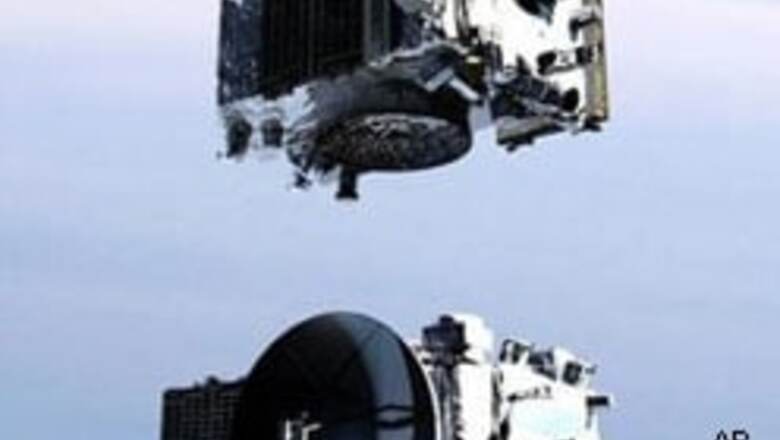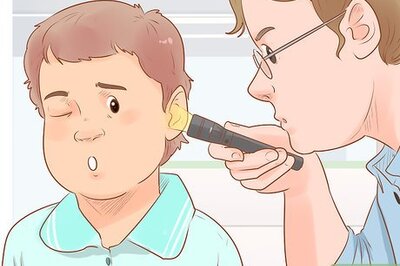
views
Washington: NASA has launched a twin spacecraft that will send back the first three-dimensional views of the sun and study violent solar storms over its two-year mission.
The US space agency said it had launched its Solar Terrestrial Relations Observatories mission, or STEREO, late Wednesday from Cape Canaveral in Florida.
The two golf-cart sized probes will swing by the moon and then head off on separate orbits around the sun.
Just as humans use their two eyes for depth perception, the differing images recorded by the two craft will allow astronomers to piece together three-dimensional views of the sun.
The probes will collect data on the violent solar storms, known as coronal mass ejections that can disrupt satellites, radio communications and electric power grids on Earth.
Such storms also can cause particularly strong aurora, the nighttime displays known as the northern lights and the southern lights.
The mission will help people who design satellites and other space-based technology minimise disruptions caused by these solar storms, said a NASA scientist said in a prepared statement.
"Nature has a mind of its own, and STEREO is going to help us figure out how to avoid those surprises the sun tends to throw at us," said Michael Kaiser, a STEREO project scientist at the Goddard Space Flight Center in Greenbelt, Maryland.
Particularly violent solar storms generate enough radiation to conceivably kill astronauts caught outside their space ships.
Scientists said last week that they need to study the potential hazards of solar radiation on long-term missions to the moon or Mars.
The mission will also measure the solar wind -- a stream of charged electrons and protons that flows from the sun.
The solar wind prevents Mercury from maintaining any sort of atmosphere, and has thinned the atmosphere on Mars.
The Earth's magnetic field protects it from the full brunt of the solar wind, except during particularly strong coronal mass ejections.



















Comments
0 comment